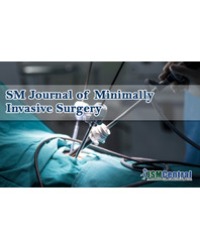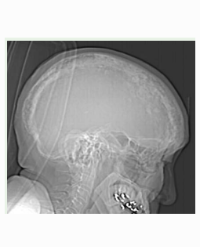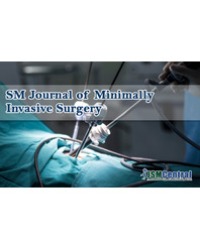
Prophylactic Use of Mesh during Laparoscopic Surgery to Prevent Parastomal Hernia: A Literature Review
Background: Different surgical techniques and types of mesh have been used in the prevention of parastomal hernia. However, the evidence in laparoscopic abdominoperineal resection with end colostomy has been analysed in few randomized clinical trials. The aim of this review article was to outline use of prophylactic mesh in laparoscopic surgery.
Methods: A literature search using electronic databases was performed to find articles that analysed prophylactic placement of mesh to prevent parastomal hernia. The search was limited to English-language, randomised controlled trials and laparoscopic abdominoperineal resection with a permanent colostomy for rectal cancer patients.
Results: Three randomized controlled trials were found and analyzed in our study. A total of 158 patients were included, with no significant difference in general characteristics and stoma-related complications across their study groups. A significant reduction in radiologically-defined parastomal hernia was demonstrated in two trials (P=0.008, P=0.005), whilst prophylactic mesh reduced clinically-diagnosed parastomal hernia in one trial (P=0.049).
Conclusion: The use of prophylactic mesh to prevent parastomal hernia during laparoscopic surgery is safe and appears to be effective. Further trials to clarify the effectiveness of prophylactic parastomal hernia mesh are required with tighter definition of what constitutes a parastomal hernia.
Mohammed Al-Hijaji¹*, Ali Khabaza² and Ali AlGhazzawi³




